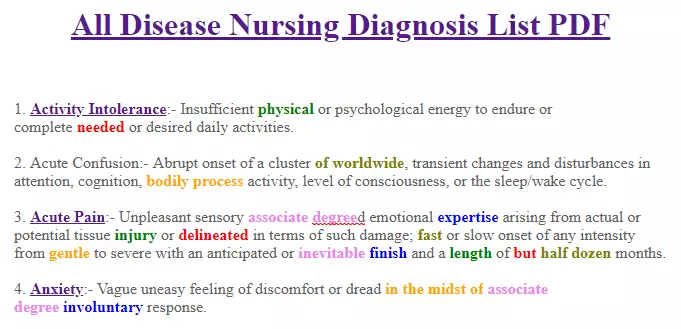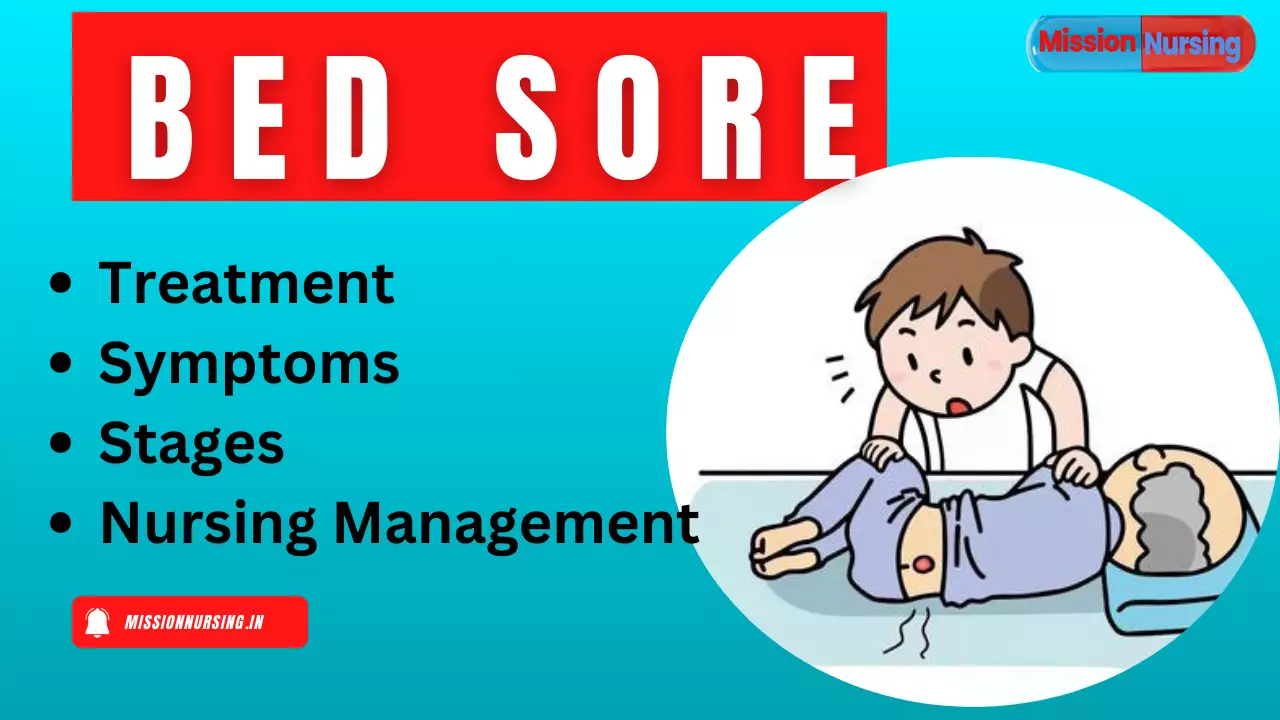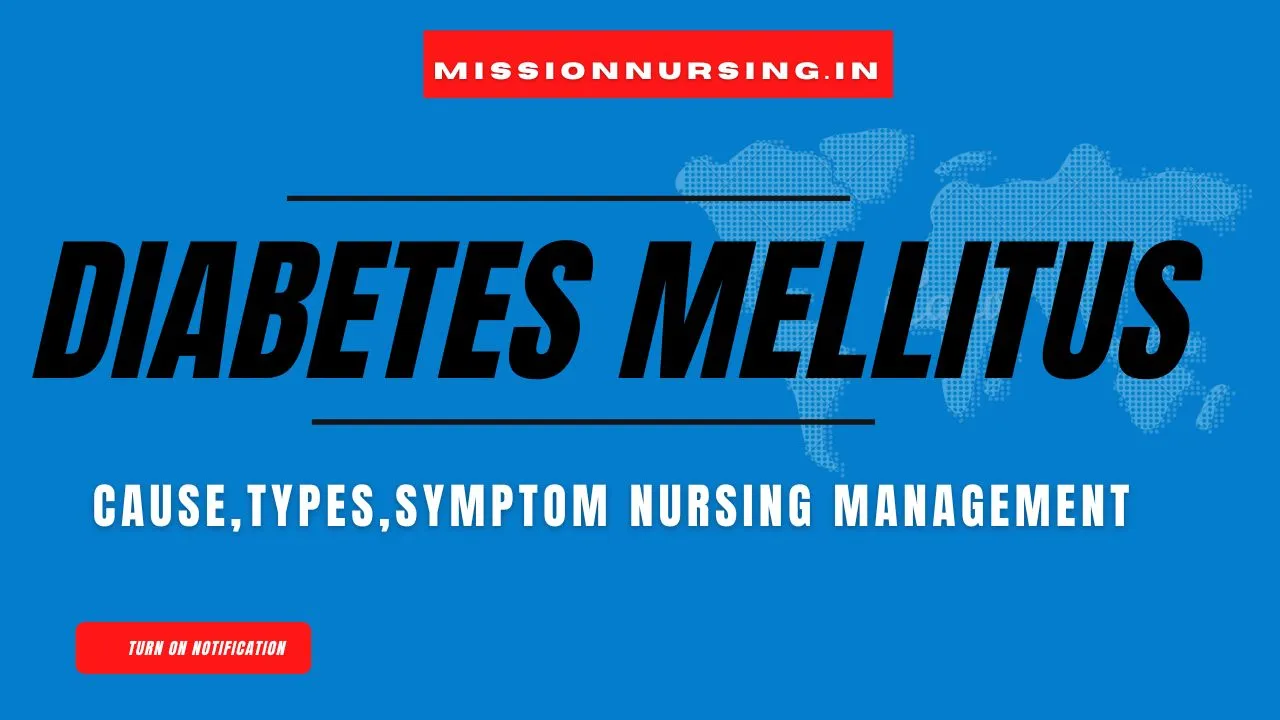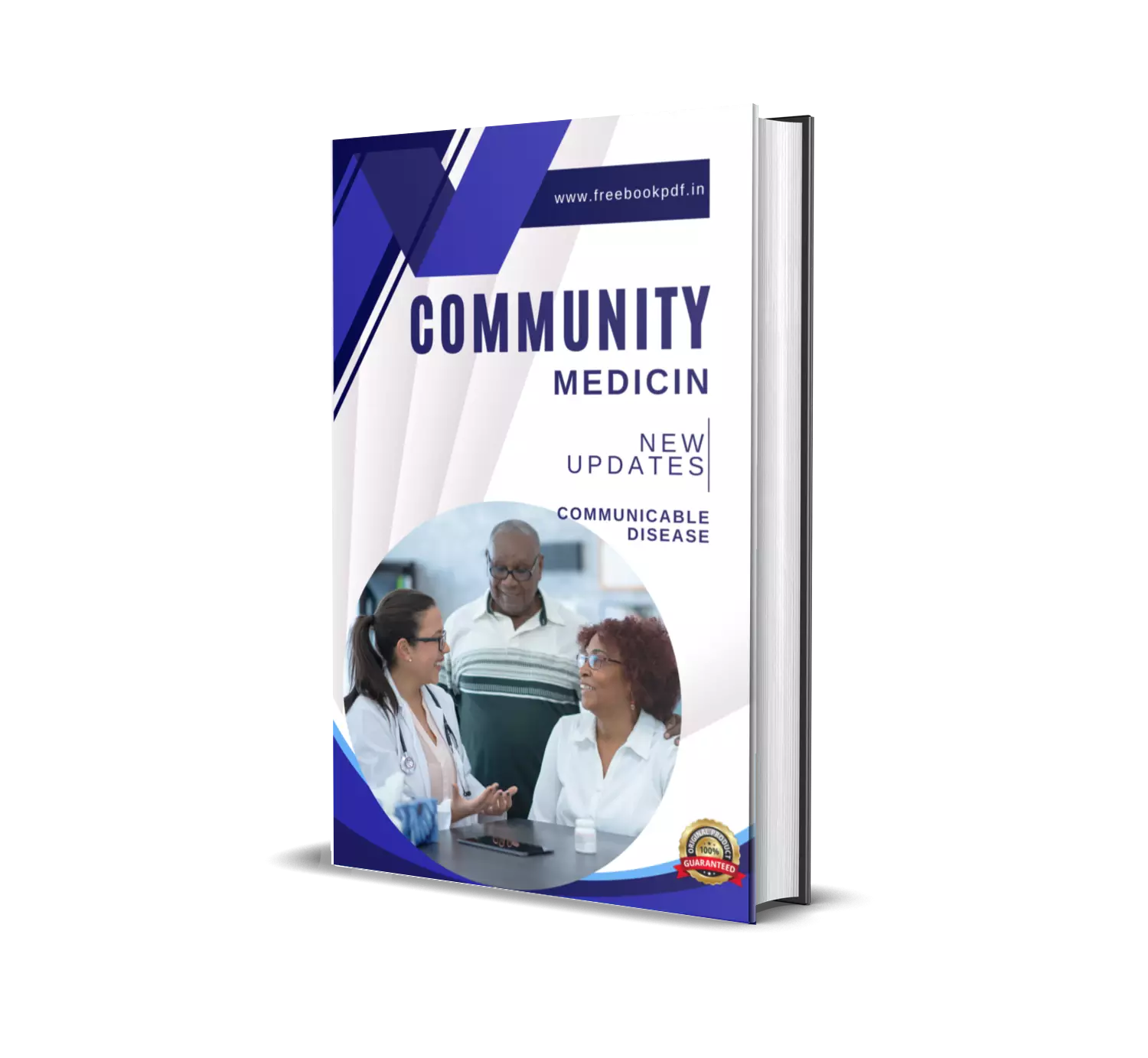Definition of Meniere’s Disease
- Meniere Disease is an inner ear disorder that causes episodes of vertigo due to dilation of the endolymphatic system or increased volume of endolymph.
- Meniere’s Disease includes the – vertigo
- Deafness
- Tinnitus.
- Meniere’s Disease usually occurs in adulthood.
Causes of Meniere’s Disease
- Unknown cause
- Allergic reaction
- Autoimmune response
- Hemorrhage
- Viral infection
- Metabolic disorder
- Emotional factor
- Anatomical abnormalities
- Circulatory disorder
- Genetic predisposition.
Clinical manifestation of Meniere’s Disease
- Vertigo
- Sensorial hearing loss
- Tinnitus ( ringing sensation )
- Dizziness
- Irritability
- Anxiety
- Loss of balance
- Disorientation
- Sweating
- Nausea and vomiting
- Rapid pulse rate.
Diagnostic examination of Meniere’s Disease
- History collection and physical examination.
- Audiometry – to determine hearing disorder.
- Electronystagmogram ( ENG ) – evaluate the balance.
- Electrocochleography – measure fluid pressure in the inner ear.
- CT scan and MRI.
Medical management of Meniere’s Disease
- Diuretics drug – to decrease fluid volume.
- Steroids drug – to treat inflammation and edema.
- Mild analgesic – to treat pain.
- Antihistamine – cetirizine
- Antiemetics – to treat vomiting.
- Provide hearing aids.
- Mild sedative drugs – alprazolam.
Surgical management of Meniere’s Disease
- Endolymphatic sac shunt surgery – Reduce the pressure of endolymphatic space.
- Vestibular nerve section – the surgical procedure of removing the vestibular nerve of the intracranial.
- Labyrinthectomy – a surgery procedure that destroys the part of the ear that controls balance.
- Cochleo Sacculotomy – used to drain fluid.
Nursing management of Meniere’s Disease
- Nurses monitor patient hearing balance and other physical findings.
- Assess the severity and frequency of attack any associated ear symptoms.
- Conduct vital sign assessment.
- Provide instruction to restrict the sudden movement of the head.
- Provide all general care to patients and maintain patient hygiene status.
- Nurses follow universal precautions to control infection.
- The Administrator prescribed treatment and IV fluids.
- Provide a low sodium diet to patients.
- Instruct about avoiding intake of alcohol and smoking.
- Provide awareness about disease and procedure.
- The nurse maintains documents and finds them.
- Provide physiological support.
- Nurses educate about the benefits of follow-up care.
Key Points of Meniere’s Disease
- Meniere Disease is a disorder of – Inner ear
- Meniere Disease tried symptoms – Vertigo, Deafness, and Tinnitus
- Which body part plays a key role in balance – Labyrinth
- Meniere Disease is a – Fluid balance disorder of the inner ear
- What is vertigo – A kind of dizziness
Meniere Disease is a disorder of – Inner ear
Vertigo, Deafness, and Tinnitus
Labyrinth
Fluid balance disorder of the inner ear
A kind of dizziness




















1 thought on “Meniere’s Disease: Symptoms, Causes, Treatments,”